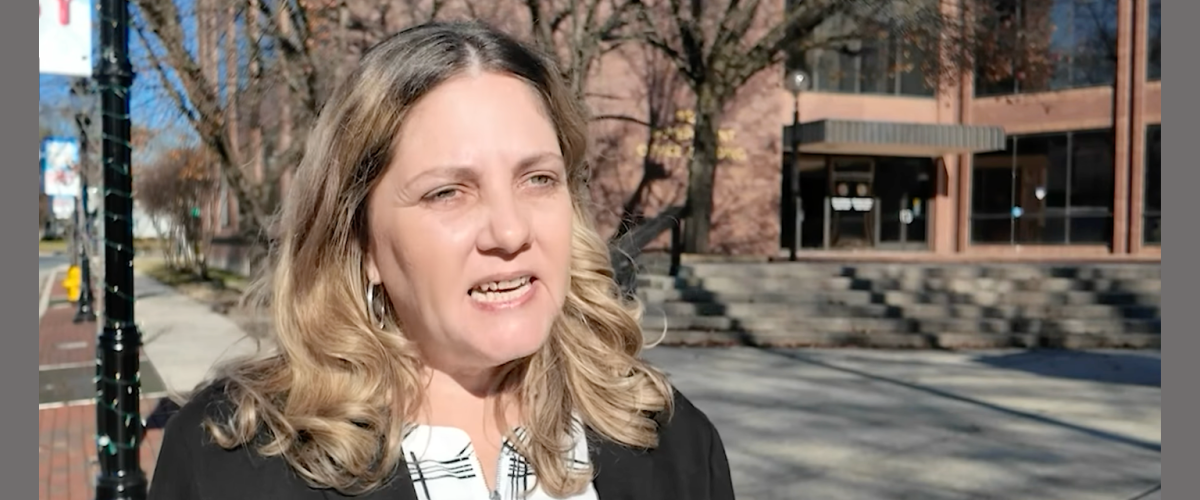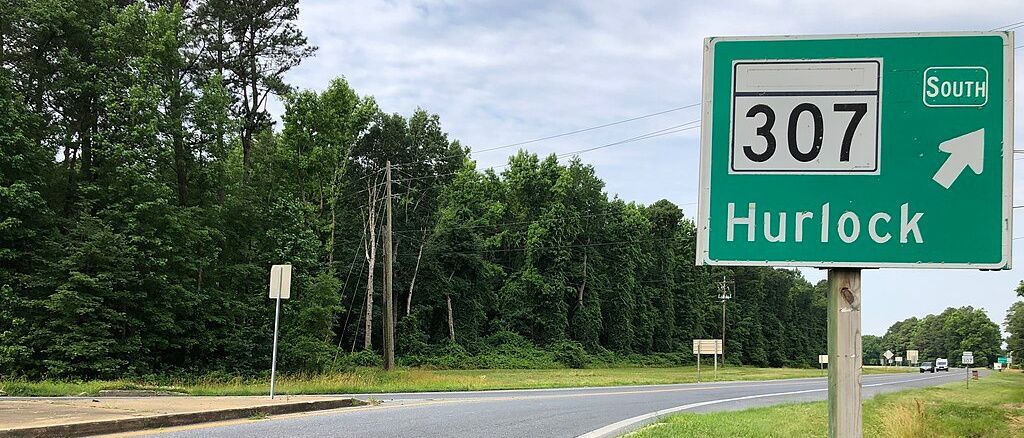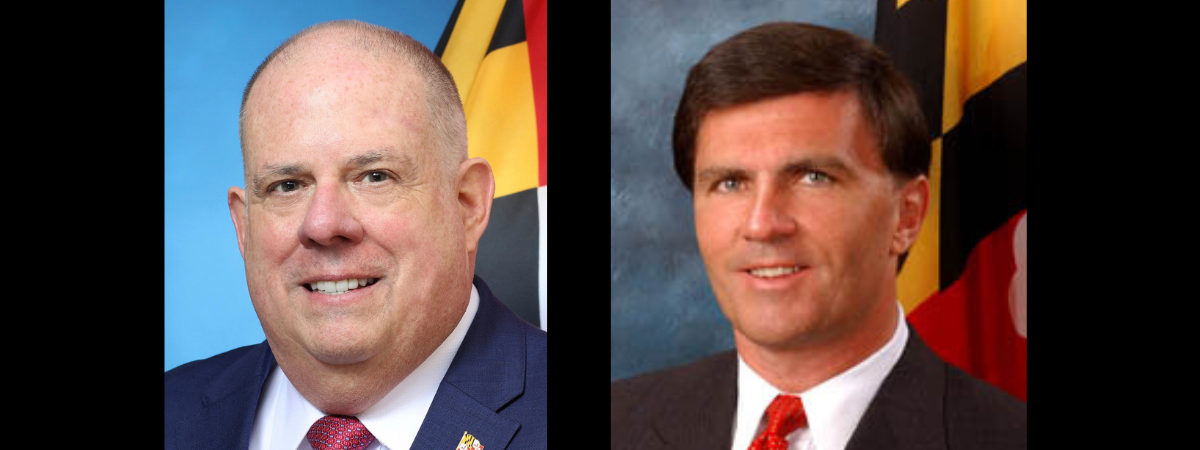Ceramic Artist Mike Pugh Memorializes the Courage of 19th Century Kent County Abolitionists

Mike Pugh was one of five local artists whose work was chosen by a panel of judges for an exhibit held in the Parish Hall of Emmanuel Episcopal Church in Chestertown this spring. The sponsors of the exhibit, the theme of which was Kent County’s Black history, were the Chesapeake Heartland Project of Washington College’s Starr Center and the Kent Cultural Alliance. Each of the artists received a monetary fellowship to complete their work.
In keeping with the theme for the exhibit, historical artifacts and documents from the Starr Center’s Heartland Project — an extensive collection of digitized materials brought in by local residents and available online at the Starr Center website — were used. Pugh, the only non-African American whose work was chosen, based his creation on the story of a Kent County Quaker couple, James and Rebecca Bowers, and of an itinerant African American woman, Harriett Tillison, all of whom were involved in helping enslaved people to escape north to freedom. The connection of this story for Pugh was not only historical. He and his partner live in the 18th century brick home in which the Bowers couple had resided.

Lucy Maddox wrote, in an article in the Maryland Historical Magazine, that James Bowers first got into trouble with his pro-slavery neighbors in 1853. He was charged with helping an enslaved person belonging to a Dr. Davidson, Queen Anne’s County resident, to escape by forging a pass for him. The escapee was subsequently caught and named Bowers as the signer of the pass. Since the enslaved could not testify in court and no white person was found to identify the writing on the pass as belonging to Bowers, the charges were dropped. In 1857 Bowers’s name arose in another court case, when a slaveholder by the name of John Biddle was fined five dollars for throwing a jug at his head.
On the night of June 23, 1858, a gang of masked local men, who opposed the Bowers’s anti-slavery work, attacked them, dragging them from their house. They dragged James into the woods and tarred and feathered him. When his pregnant wife Rebecca tried to come to his aid, they forced her to return to the house. The men drove the couple from the county under threat of death, only allowing them to stay until Rebecca had given birth.
The couple moved on to Camden, N.J., where there was a large Quaker community, but only after pressing charges against eight of the men they had managed to identify. James Bowers returned in October to testify against them, but to no avail. The presiding judge was Ezekiel Chambers, himself a major owner of the enslaved, who dismissed the charges, and the men were never punished for their crimes.
James Bowers was still not defeated, however, and returned to Camden, where he wrote the story of what had happened to them, including listing the names of their attackers! The account was published in a Philadelphia newspaper.
This story provides the background for one half of Pugh’s mural. After the Civil War and emancipation, the courageous Bowers couple returned to Kent County, although their former home no longer belonged to them. James Bowers’s sister had purchased three tracts of land near Worton, where the Bowers are listed as living in the 1870 census. They are buried in the nearby Cecil Friends graveyard.

In Chestertown, on the same night of June 23, 1858, the gang of thugs also attacked Harriet Tillison, a free Black woman, as well as a Mr. Butler, the Black man in whose home she had taken refuge. Tillison was a washerwoman and was from Cecil County, so she was considered an outsider in Chestertown. She was believed to have aided James and Rebecca Bowers in their anti-slavery work. She had been arrested earlier for distributing religious literature in town. The gang dragged both Tillison and Butler from the house, beat him severely and tarred and feathered her, driving her from town. Little is known about Tillison after the attack. What we do know, according to research done by Maddox, is that in 1879 a woman by that name was reported to have saved a man in Elkton by pulling him out of the way of a train. According to a newspaper report, he was a boarder in her house. The 1880 census lists a Harriett Tillison, widow, aged 50, living in Elkton and running a boarding house. Her death is reported in 1884.


Pugh decided that he needed to give Harriet Tillison her face, although no photograph from the period exists. He emphasizes her strength with her muscular arm and large hand. Her arm is raised toward the large guinea hen above her head, because the guinea hen acts as a siren to warn against danger in our society. Her hand is also pointing to the words “to speak,” in a touch of irony, since she had no voice. The feather circle alludes to the act of the mob. On the lower right of the inner circle is a small figure of an enslaved man reaching up to Tillison. Around the outer circle of feathers are various local birds: a turkey vulture, an osprey, an owl, a blue heron, a bald eagle, and a red-tailed hawk. The symbolic bird at the bottom is the Sankofa, present in African mythology, with its head looking backward, indicating that we must look backward to our history in order to move forward. The Sankofa is part of the logo of the Chesapeake Heartland Project.

The large feather in James’s hand refers to the method of the attack, but more importantly to his courageous act of writing his account. The color of ink also alludes to the tar that the gang of thugs used to humiliate their victim. To his right is his wife Rebecca, with plucked geese at her feet, another allusion to the feathers used in the attack. Above their heads is a large star with the dove of peace at its center, representing the Quaker ideal of peace. At the lower right is a sketch of the home; above it in the sky the Big Dipper is visible. Pugh pointed out that his interest in science led him to determine that the constellation would indeed have been visible in the sky above the house on the night of June 23, 1858. Of course, it was also of major symbolic importance as it guided escapees moving north, as alluded to in the song “Follow the Drinking Gourd.” Rebecca’s hand reaches out behind her holding a mask, which dangles over the names of the men who attacked them, in their attempt to hide their identity. Her scarf is blowing in front of her, dramatically covering her pregnancy. Pugh also said that was “a fashion convention of her time.”
The background of both pieces is the Flying Geese quilt pattern, pointing the way north. Pugh indicated that while the story that escapees used the quilts seems to be a myth, it has great symbolic value in any case.
Currently, the piece resides in his home and belongs to him. He noted that it was very unusual for such works not to pass on to the sponsors of the exhibit. When he was asked what will happen to the work in the future, he said that several proposals have been made. When Gov. Larry Hogan and his wife visited the exhibit, Mrs. Hogan suggested that it would be appropriate to place it in BWI Thurgood Marshall Airport. Another suggested location is the National Museum of African American History and Culture in Washington, D.C. Pugh noted that most people, however, would like it to remain local. Placing it outside the Kent Cultural Alliance Building, protected from the weather by an overhanging roof is one suggestion. Local residents Karen Somerville and Leslie Raimond would like to see it as part of the riverfront being developed by both the town and Washington College. Its future location remains to be determined.
When I asked Pugh if he had any other such monumental pieces in mind, he noted that he had recently applied to develop a piece for a new building under construction at St. Mary’s College in southern Maryland. The building is located on the site of an early Black community.
Sources:
Interview with Mike Pugh
Lucy Maddox, “A Local Question”: Kent County Quakers, the Underground Railroad and a Woman Named Harriet.” Maryland Historical Society Magazine, Spring, 2013, pp. 5-17.
A native of Wicomico County, George Shivers holds a doctorate from the University of Maryland and taught in the Foreign Language Dept. of Washington College for 38 years before retiring in 2007. He is also very interested in the history and culture of the Eastern Shore, African American history in particular.
Common Sense for the Eastern Shore







